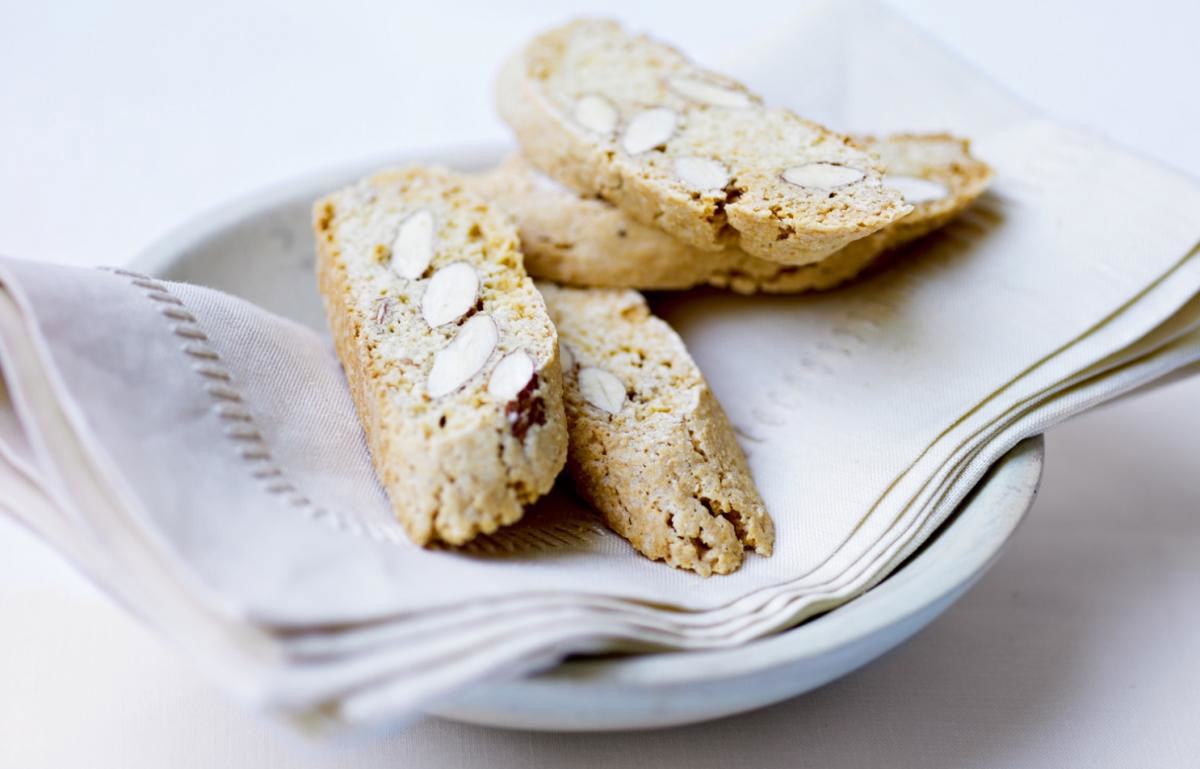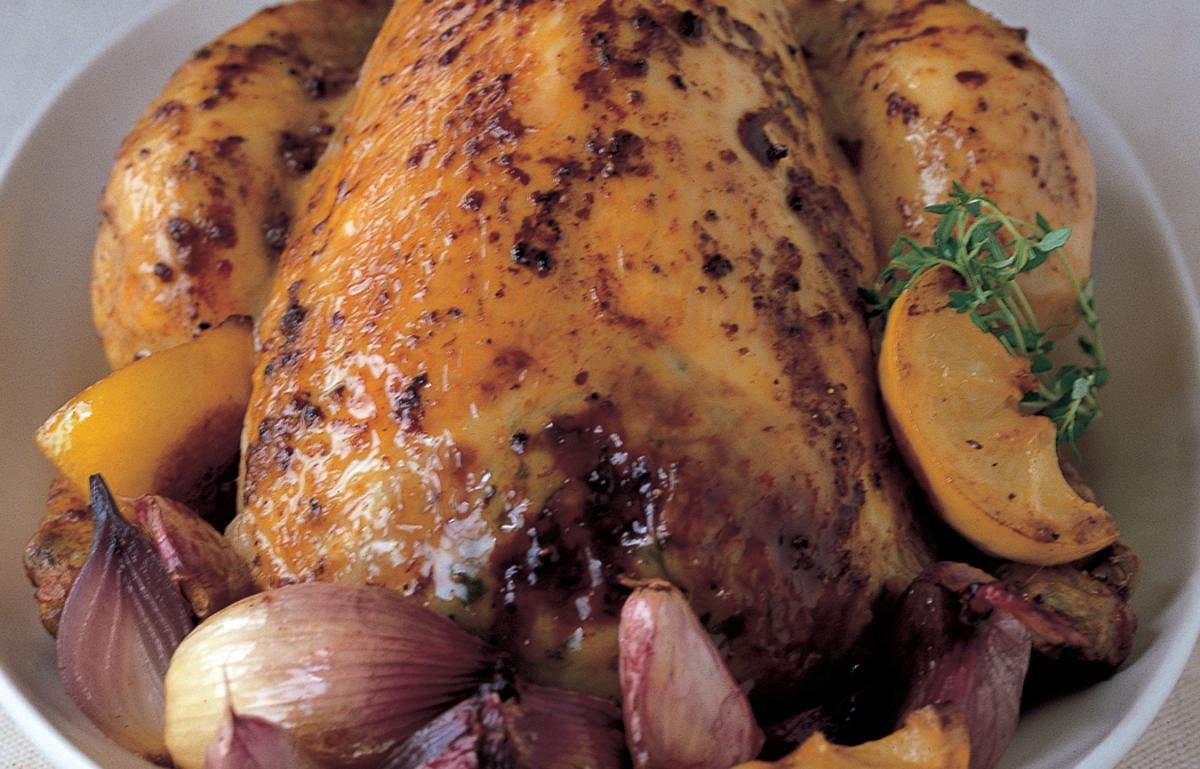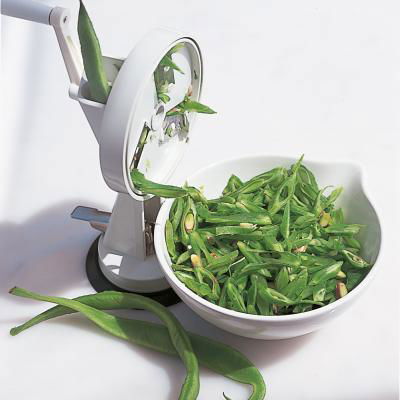


This vegetable is, for me, the crown prince of all British vegetables.
Season: August to mid-September Although runner beans are imported all year round, they're never quite the same as our own end-of-summer crop, which provides a feast for almost two months. If you're growing your own, the beans must be harvested young because the whole lot is eaten, pod and all.
Runner beans have, in the recent past, been a misunderstood vegetable, rarely seen in restaurants, even in peak season. The problem is that people, chefs included, rarely know how to prepare and cook them. If they're simply chopped into little diamond shapes, the skins take longer to cook than the insides and they end up being either grey and overcooked, or undercooked and tough.
Old-fashioned cooks like me use something called a bean slicer. The runner beans are simply fed through a channel, and a wheel with blades is turned by hand so that the runner beans are sliced very finely. This means only the briefest cooking time is needed and the beans taste deliciously fresh and green. So good are they that you don't ever need a specific recipe, maybe just a smidgen of butter and some salt and black pepper. In fact, I could happily eat a whole plateful and nothing else.
To prepare runner beans: first take a sharp paring knife and strip away the stringy bit on the join at either side of each bean. Then feed them through a bean slicer, which should be fixed to the edge of a table, and have a plate underneath it to catch the slices.
If you don't have a bean slicer, slice the beans in exactly the same way using a paring knife. 1 lb 8 oz (700 g) of runner beans will serve 4 people.
Follow us Like us on Facebook Follow us on twitter Follow us on instagram Follow us on pinterest Follow us on youtube
© 2001-2024 All Rights Reserved Delia Online